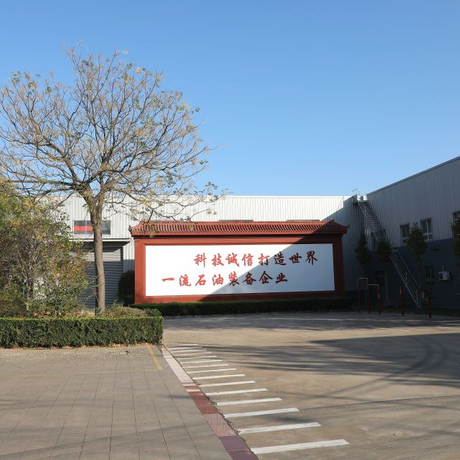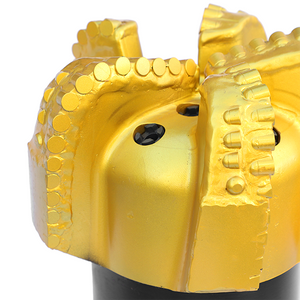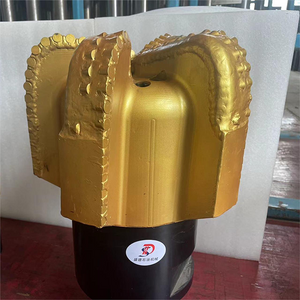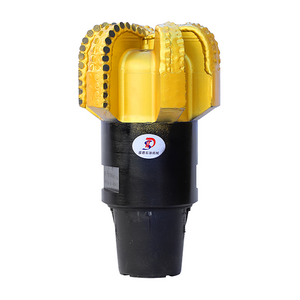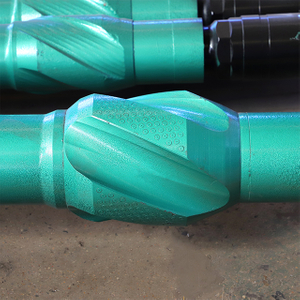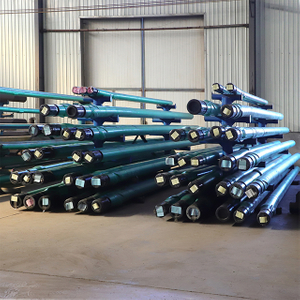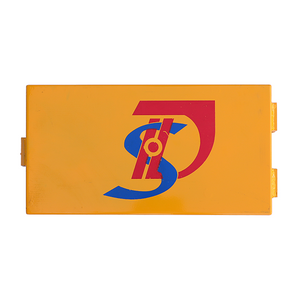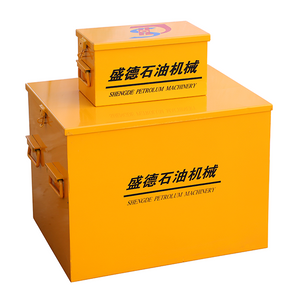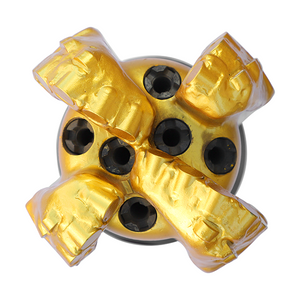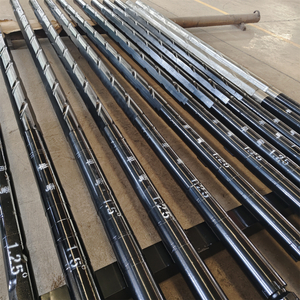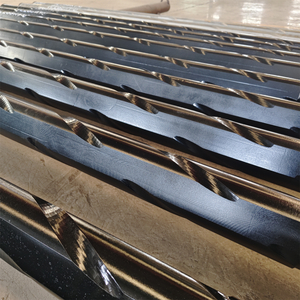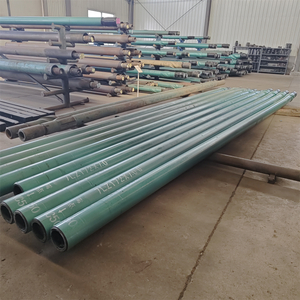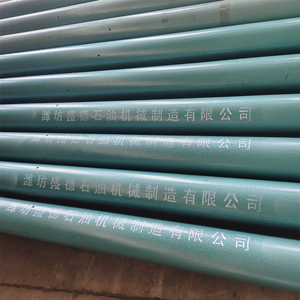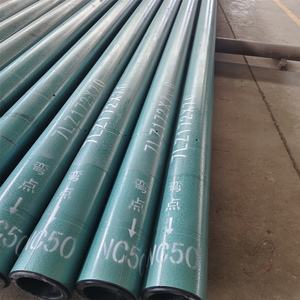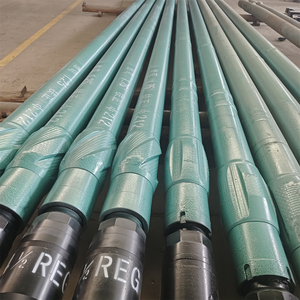Product Introduction
The Shengde QY hydraulic vibrator is a device that aids in the separation and disconnection of various components.
This tool utilizes both upward and downward motions, utilizing a valve mechanism to regulate the timing and stabilty of its actions. This guarantees the consistent and reliable operation of the tool. The QY Hydraulic Drill Follow Shocker possesses a characteristic that enhances the flexibility of the drill column prior to the release of any shocks. Similarly, the QY hydraulic vibrator possesses a delay function that permits the drill pipe to elongate and store energy before vibrations are unleashed. This facilitates the attainment of optimal vibration outcomes.
In instances where the drilling tool becomes stuck beneath the surface, the QY Hydraulic Drill Follow Shocker can deliver a powerful shock effect by adhering to specific procedures within the well. This aids in dislodging the tool and enables the prompt resumption of drilling operations.
Our Advantage
The QY Hydraulic Drill Follow Shocker makes it easy for the operator to release the upper drill tool by lifting or lowering it while drilling underground. This can be done without needing to apply torque or make adjustments from the surface.
When drilling underground, the operator only needs to lift or lower the drilling tool to release the shock force during the upstroke or downstroke. There is no need to apply torque or make external adjustments.
The shock force can be released by simply lifting or lowering the drilling tool from the surface. There is no need to apply torque or make external adjustments. The magnitude of the shock force can be adjusted within the allowed range.
This tool is reliable, easy to use, and convenient. It can be used in various drilling, coring, salvage, and workover operations.
Product Uses
uction process by effectively driving piles into the ground and ensuring stability and durability of the structures.
1. Mining: In underground mining operations, hydraulic shock absorbers are used to dislodge rocks and debris that may obstruct the mining process. By applying a powerful shock force, these devices enhance productivity and safety in the mining industry.
2. Offshore drilling: Offshore drilling platforms face unique challenges, such as the accumulation of marine growth on the drill pipes. Hydraulic shock absorbers are employed to remove this marine growth and restore the efficiency of drilling operations.
3. Construction of tall buildings: The construction of tall buildings requires the installation of deep foundation piles. Hydraulic vibrators are utilized to drive these piles into the ground, ensuring stability and strength of the building structure.
4. Oil and gas industry: In the oil and gas industry, hydraulic shock absorbers are used to resolve issues with stuck drill pipes or casings. By applying a forceful shock, these devices dislodge the obstructions and allow for smooth drilling operations.
5. Geotechnical engineering: Hydraulic shock absorbers play a crucial role in geotechnical engineering projects, such as soil compaction and ground improvement. By generating a shock force, these devices enhance the efficiency and effectiveness of soil stabilization processes.
6. Construction of dams: During the construction of dams, hydraulic shock absorbers are utilized to remove obstacles and debris from the foundation area. This ensures the stability and integrity of the dam structure.
7 Excavation: In excavation projects, hydraulic shock absorbers are used to break up and remove hard soil or rock formations. This facilitates the excavation process and improves overall productivity.
FAQ
What is a hydraulic shock absorber and how does it function?
A hydraulic shock absorber is a type of tool used in drilling operations for oil and gas. Its purpose is to provide a sudden force to release stuck drill strings or tools. The shock absorber works by using hydraulic pressure to store and release energy, creating a jolting effect that aids in breaking free any blockages.
What are the primary uses of hydraulic shock absorbers in the oil and gas industry?
Hydraulic shock absorbers are mainly employed in the oil and gas industry for various tasks, including freeing stuck drill strings, fishing operations, and overcoming obstacles in wellbores. They are vital tools for enhancing drilling efficiency and reducing downtime caused by stuck equipment.
What are the important factors to consider when choosing a hydraulic shock absorber?
When selecting a hydraulic shock absorber, it is crucial to consider aspects such as the size of the absorber, operating pressure, length of the stroke, and overall durability. Additionally, features like adjustable impact force and compatibility with other downhole tools should be assessed to ensure optimal performance and versatility.


